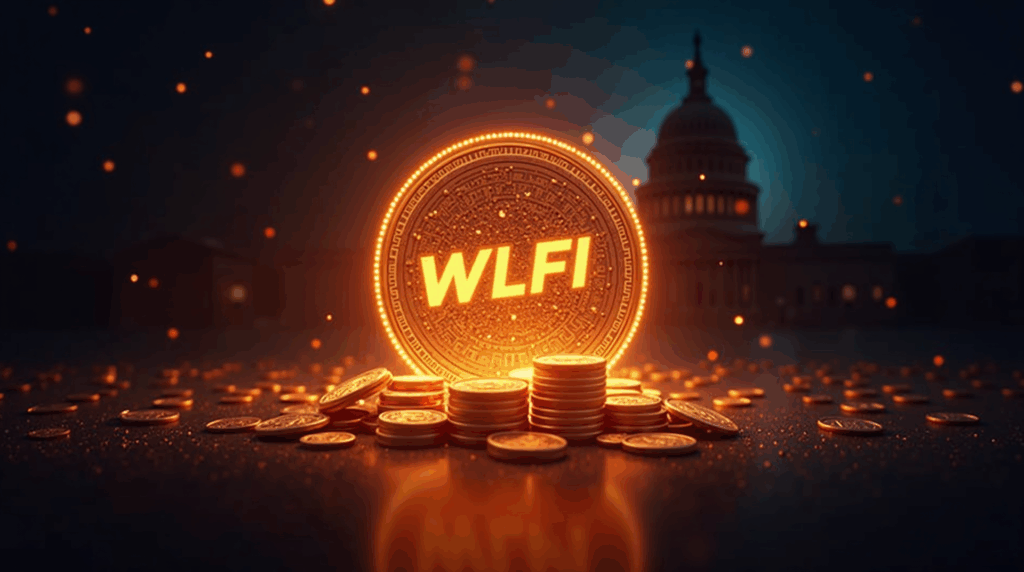World Liberty Financial (WLFI) recorded an uptick after holders approved using 100% of treasury fees to buy WLFI and send them to a burn address. The vote on September 19, 2025 received 99.8% support, signaling broad backing for a supply-reduction approach. According to on-chain data, the move could affect holders, traders, and the liquidity of markets where the token trades.
Vote outcome and buyback-and-burn plan
The approved plan directs 100% of treasury fees to WLFI buybacks that are then sent to a burn address, aligning incentives around reducing circulating supply. Project communications framed the measure as a response to market conditions and trading dynamics across venues.
A “buyback-and-burn” uses revenue or fees to purchase tokens and remove them from circulation. “FDV” (fully diluted valuation) is the theoretical market capitalization if the entire supply were circulating. These definitions contextualize how fee flows and supply mechanics interact with pricing and valuation. The project previously removed 47 million tokens (0.19% of supply), valued near $11.34 million, but subsequent price drops continued, raising doubts about the system’s immediate usefulness as a price stabilizer according to experts.

Context, risks and implications
WLFI has shown high volatility since launch on September 1, 2025, reaching $0.30 before falling to $0.21. On September 19, it traded near $0.26, with FDV above $7.6 billion according to reports from Cointelegraph and ainvest. These figures illustrate the gap between tradable float and theoretical valuation.
Structural problems remain. The initial distribution opened 20% of tokens, while 80% remains subject to governance decisions, introducing uncertainty over future supply. Centralization occurrences—such as address freezes, with $550 million stopped in some reports, and wallet blacklisting (including Tron’s founder)—have been cited as factors that increase market risk and perceptions of control.
Allocating 100% of fees to buybacks may reduce circulating supply if fees are sustainable. However, impact depends on liquidity depth and the actual flow of fees; without official forecasts, public estimates remain illustrative and subject to bias.
- Liquidity as well as concentration risk – Large holders, called “whales,” and staggered unlocks can continue to cause selling pressure.
- Regulatory risk – The mix of the USD1 stablecoin plus governance token exposes the project to SEC scrutiny for possible characteristics of a security according to cited sources.
- Operational and security risk – Reports of phishing but also token freezes decrease trust and increase custody costs.
- Visibility as well as politicization – Political backing amplifies media coverage. But it also increases exposure to reputational and legal risks.
Key points include: the vote had 99.8% in favor on September 19, 2025; a previous removal of 47 million tokens (~0.19% of supply, ~$11.34 million); FDV above $7.6 billion with a small tradable fraction; and unlocks plus blacklists as main risks.
The market will closely watch monthly execution of buybacks and the volume of fees as central operational indicators. The real test will be whether sustained purchases reduce effective supply without increasing selling pressure during unlock windows.

